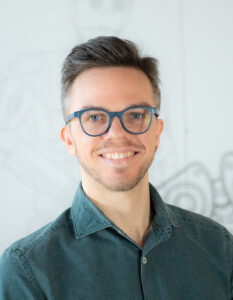|

Marco Tognon
Inria Researcher
(ISFP – Inria Starting Faculty Position)
Short bio
From November 2022 I am an Inria researcher (ISFP) at INRIA Rennes.
Before, from April 2020, I have been post-doctoral researcher at ETH-Zurich, working in the Autonomous Systems Lab (ASL). There I was the leader of the Micro Aerial Vehicles (MAV) team. Before that, from August 2018, I worked as post-doctoral researcher at Laboratory for Analysis and Architecture of Systems (LAAS), in the RIS team where I was the technical leader of the LAAS-team participating to the robotic competition MBZIRC2020.
I obtained the PhD in robotics in in July 2018 from the Institut National des Sciences Appliquées de Toulouse (INSA). I carried out my PhD thesis on aerial physical interaction at Laboratory for Analysis and Architecture of Systems (LAAS), under the supervision of Dr. Antonio Franchi and Dr. Juan Cortés. I have been a visiting graduate student at the Robotics, Vision and Control Group (GRVC) in the University of Seville, under the supervision of Dr. Anibal Ollero.
I got the master degree in Automation Engineering at the University of Padua after an internship at the Max Planck Institute for Biological Cybernetics in the Autonomous Robotics and Human-Machine Systems group.
Research Topics
Keywords: aerial robotics, aerial physical interaction, tethered aerial vehicles, fully-actuated aerial vehicles, aerial manipulators, cooperative aerial manipulation, hybrid position-force control, kinodynamic motion planning.
My research is centered on the study of autonomous systems and in particular on robotics. The paramount objective is to make robots that can perform physical work, namely to act and interact with the environment by exchanging forces in order to perform complex tasks.
My focus is on autonomous aerial robots interacting with the environment. Nowadays Unmanned Aerial Vehicles (UAVs) are normally used as simple autonomously moving sensors while my objective is to go beyond this limited application and to use aerial vehicles as proper robots capable to physically interact and manipulate the environment.
|
|